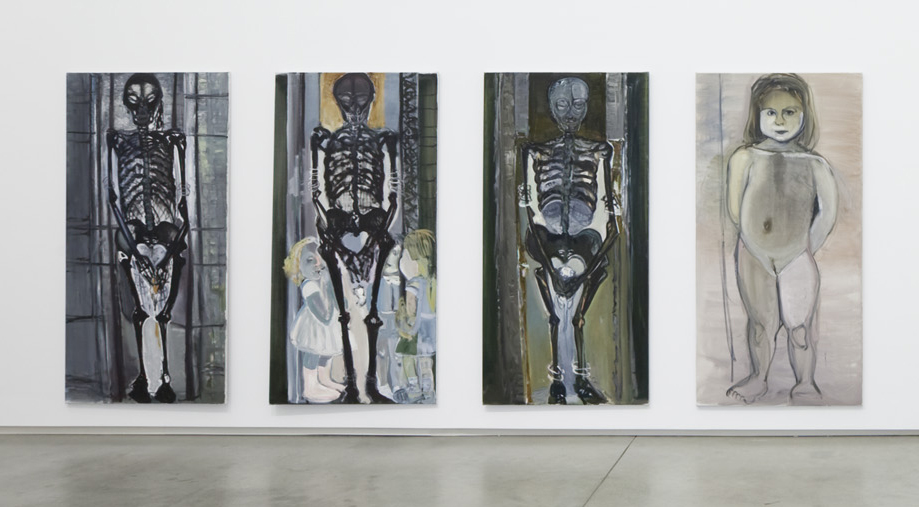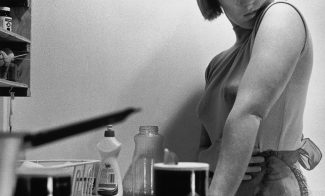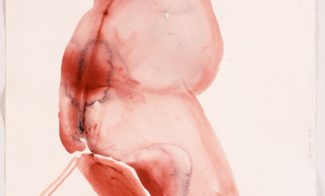
Marlene Dumas, The Messengers, 1992. Oil on canvas, Four parts, each 70 7/ 8 x 35 1/2 inches (180 x 90.2 cm). Gift of Barbara Lee, The Barbara Lee Collection of Art by Women. Courtesy the artist and David Zwirner, New York/London/Hong Kong. Photo by Charles Mayer Photography. © Marlene Dumas

